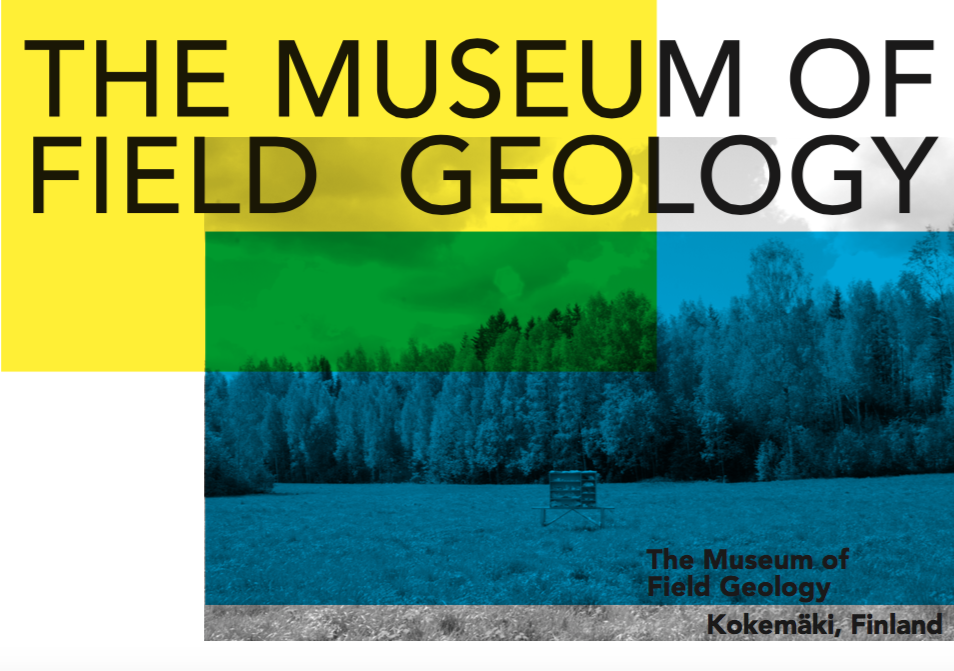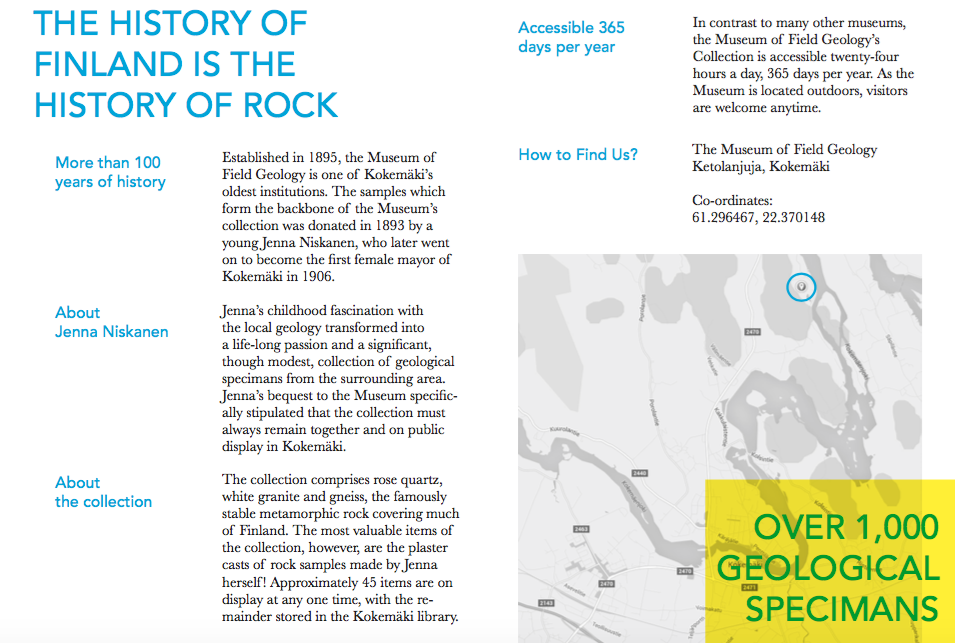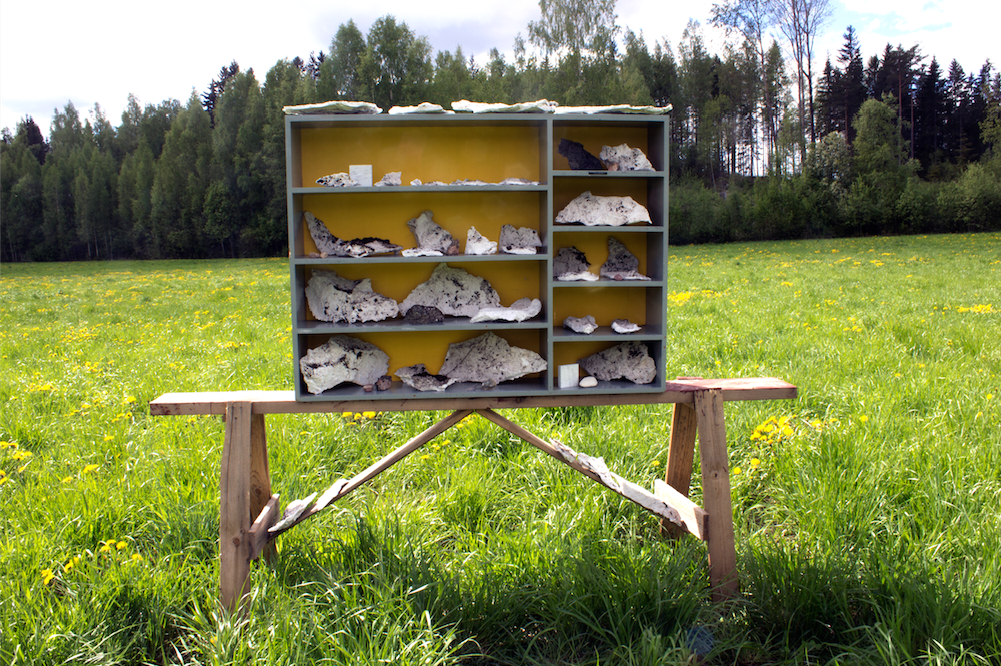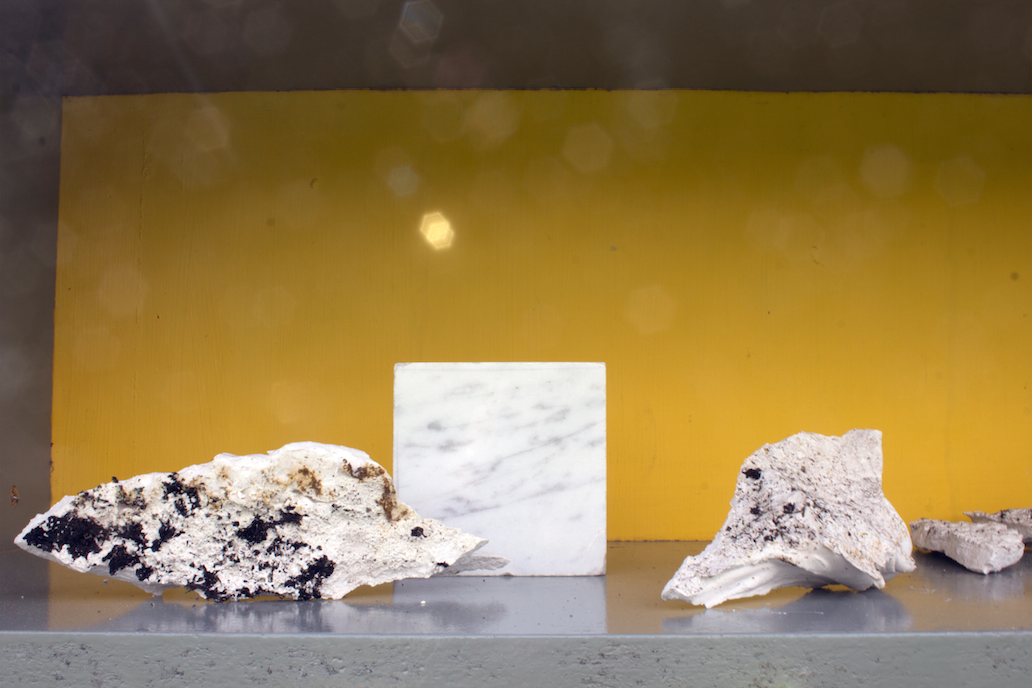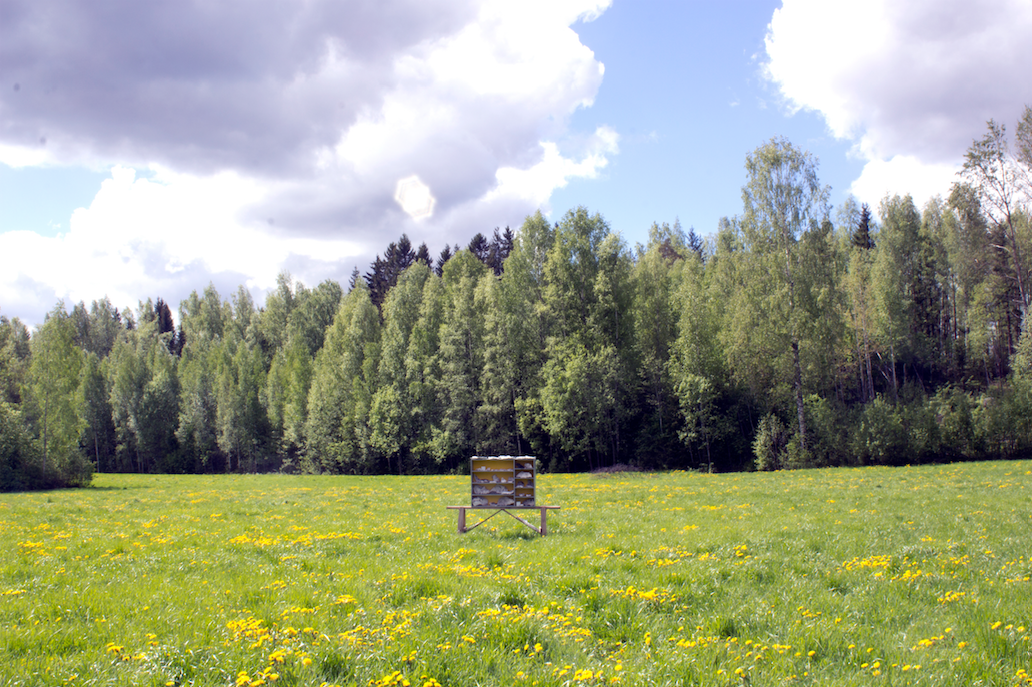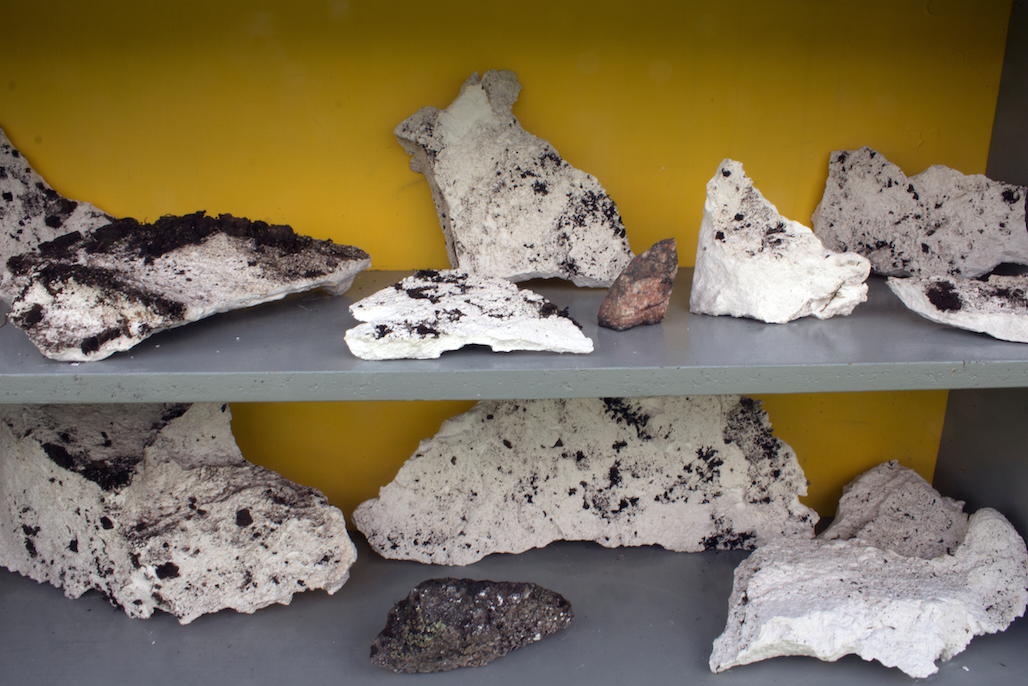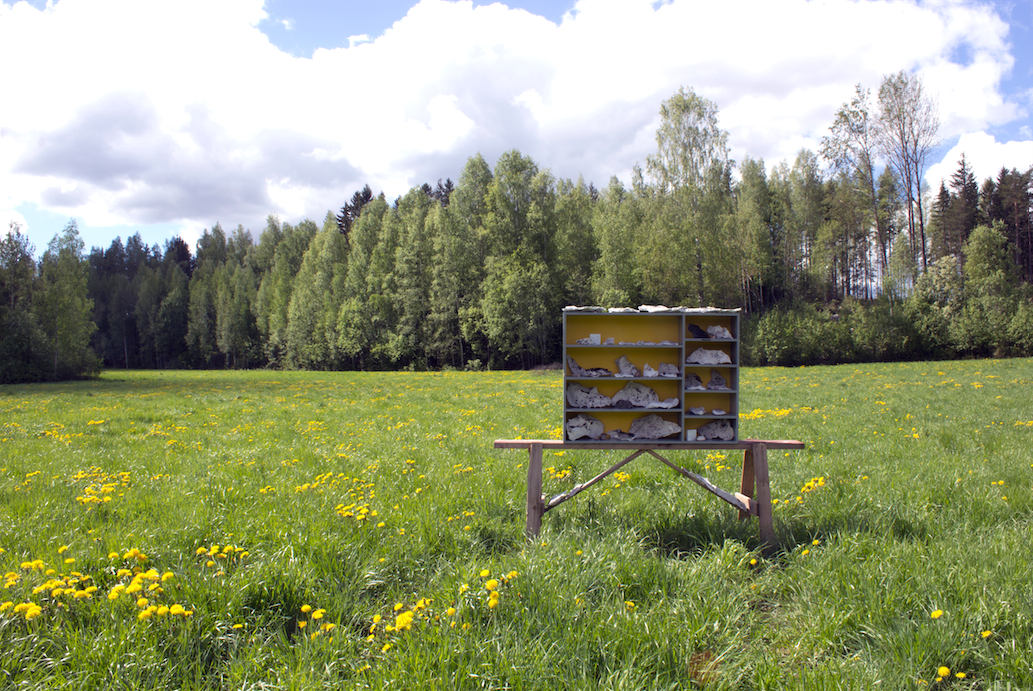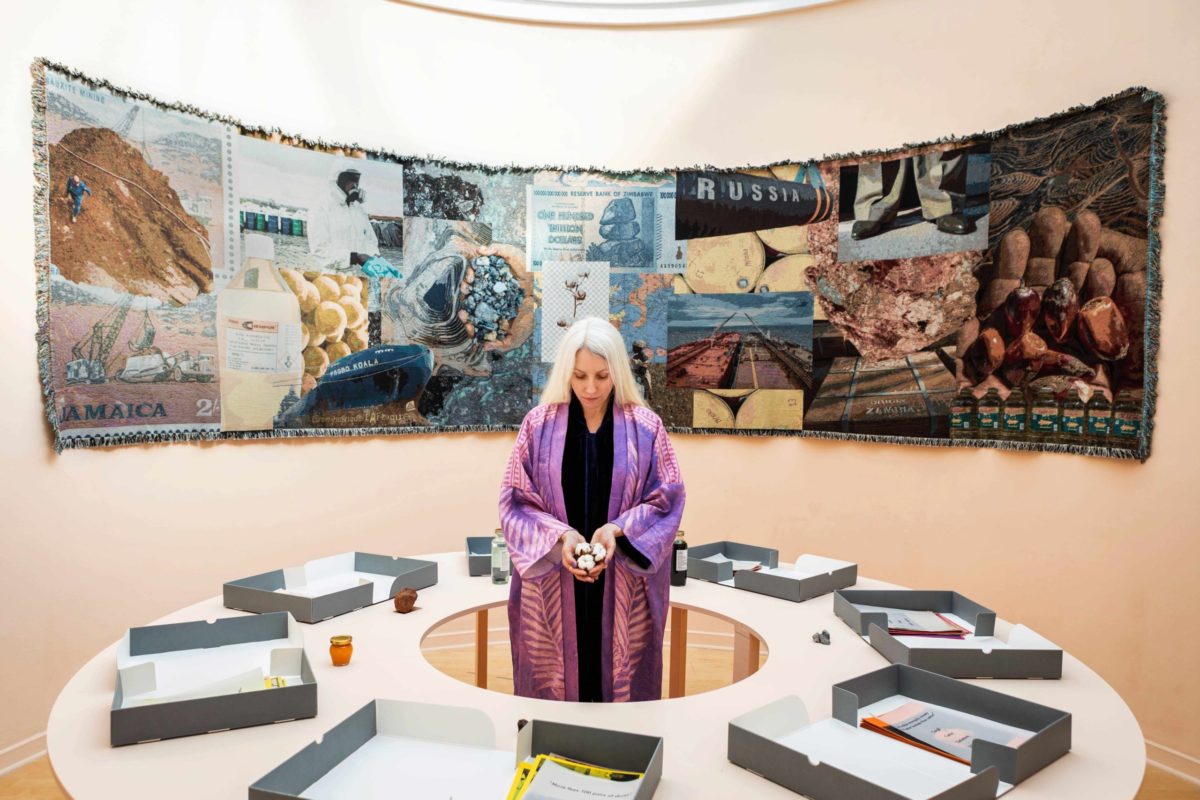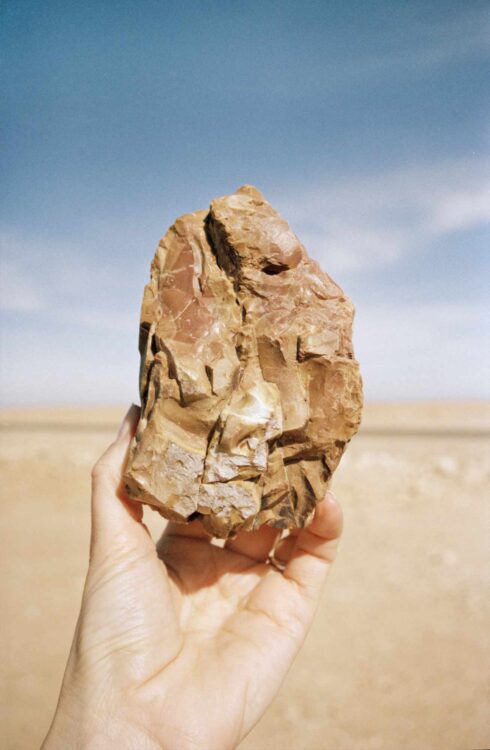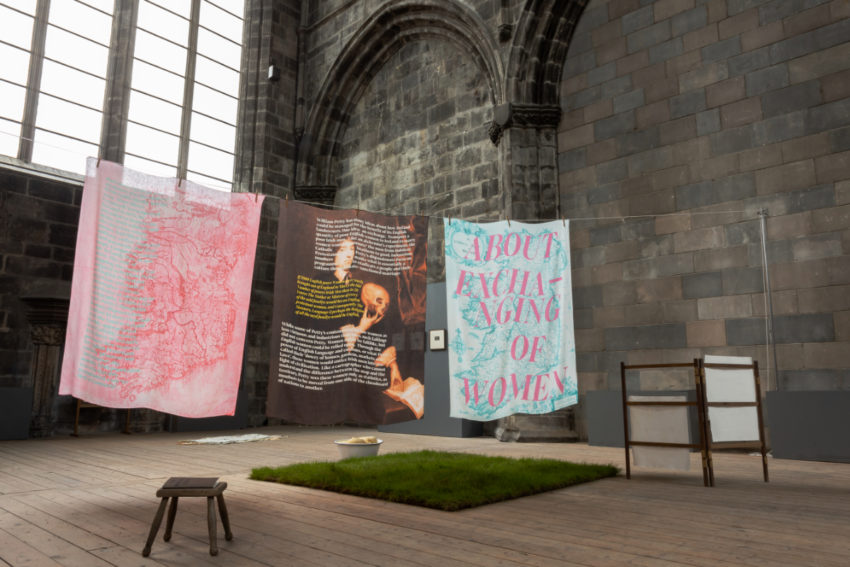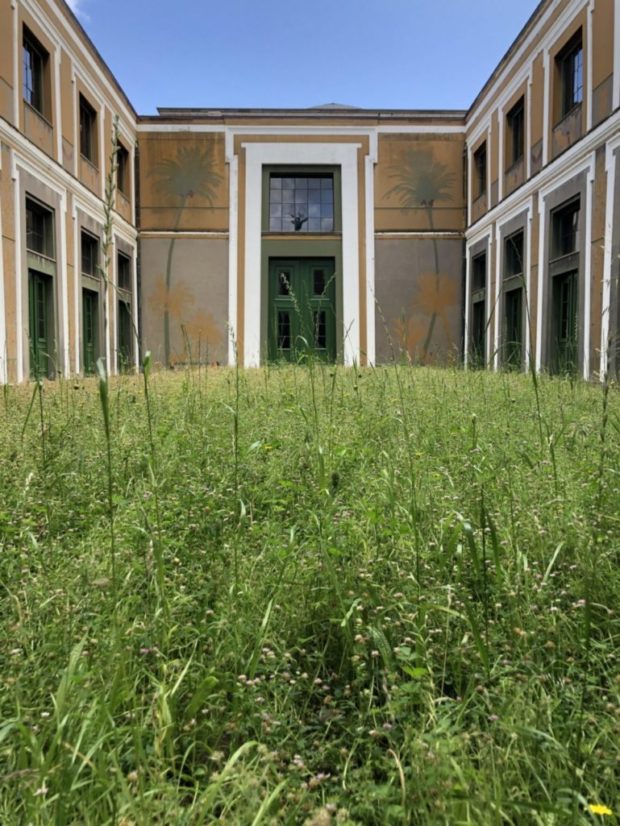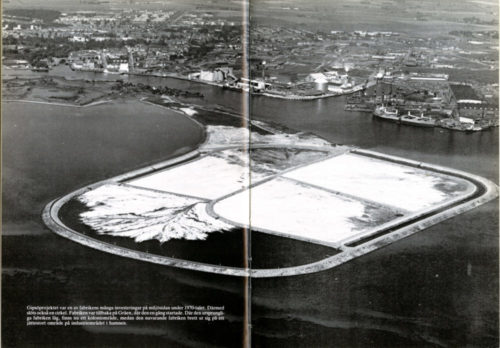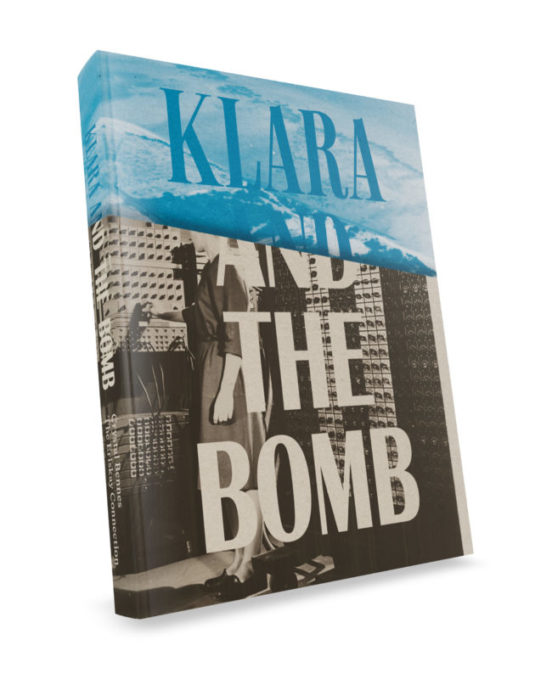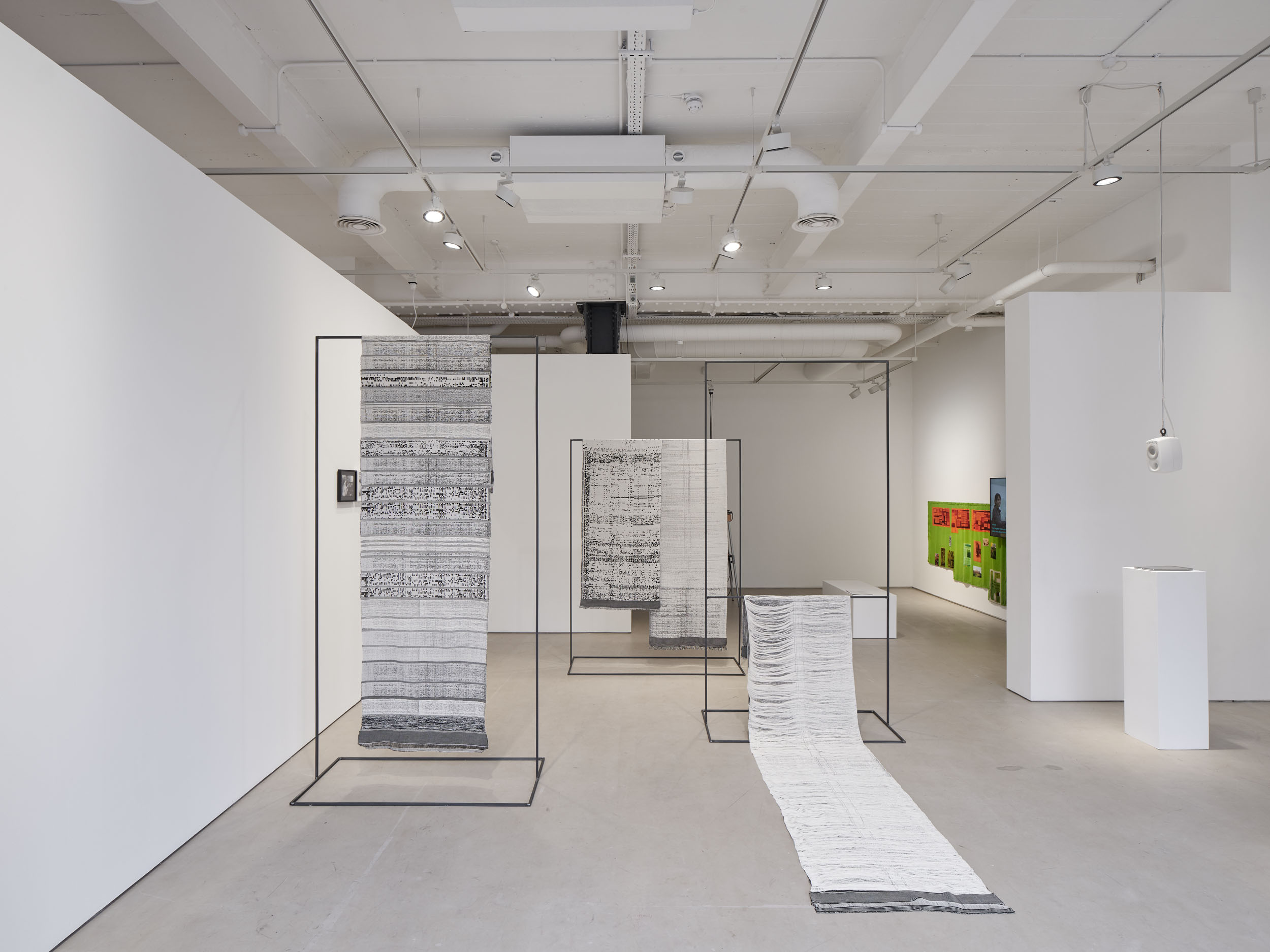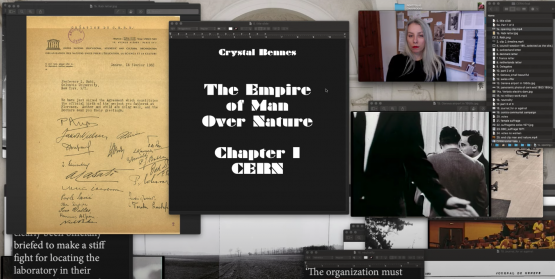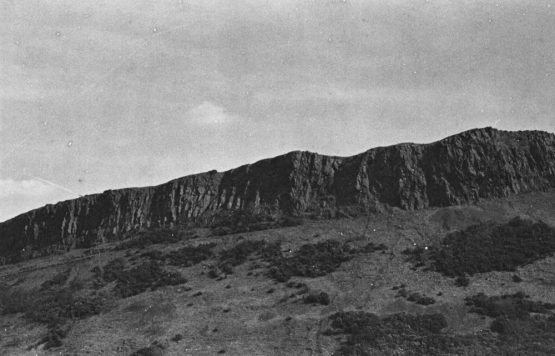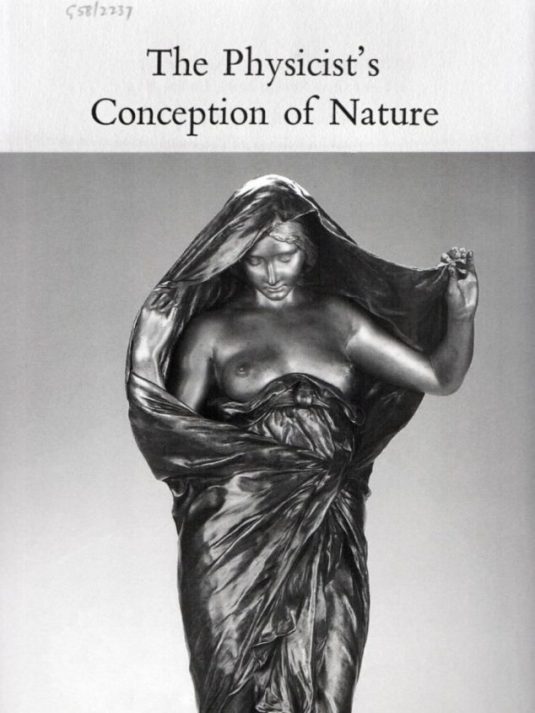The Museum of Field Geology was established in Kokemaki, Finland in 1893, first as a trust and two years later as a museum. The specimens which form the basis of the collection were donated by notable local resident, Jenna Niskanen, when she was 32. At the time, Jenna was a midwife in the area, married to Ivo Niskanen (a local farmer).
As a child, Jenna would take walks across her parents’ farm and seek out various rocks to add to her growing collection. What started as a simple, childhood interest soon developed into a lifelong passion.
A fortuitous meeting in her late teens strengthened Jenna’s love of geology, but also significantly improved her knowledge. A scientist for a German mining company happened to spend some months in Pori, searching for potential sites for new iron ore mines, and travelled regularly to the Kokemaki area to make site tests. He became acquainted with Jenna through her father and helped her begin a more thorough knowledge of geological history.
By 1893, Jenna’s collection had grown to more than 1,000 items and she was running out of space to house her collection. She formed a trust which would continue to care for and catalogue the collection after her death and donated it to Kokemaki. Two years later in 1895, after a short period of fundraising, the Museum of Field Geology was opened on the same farm where Jenna spent her childhood (which was, at that time, owned by her eldest brother, Leo). Incidentally, that farm is now owned by a different family, but they continue to support the work of the Museum.
Remarkably, Jenna was elected the first female Mayor of Kokemaki in 1906, when she was 45 years of age. She served only one term and was then succeeded by her husband. Jenna returned to work as a midwife, and spent the remainder of her life – until 1952 – delivering babies and assisting in duties related to the Museum and its corresponding trust.
Because of the lack of space, only a small percentage of the collection is on display at any one time – around 45 to 50 items, which are rotated out every four months. The remainder of the collection is housed at the Kokemaki Public Library, where visitors are able to view the collection upon request.
The bulk of the collection is comprised of samples of the local bedrock, which is gneiss. Gneiss is typically composed of fairly-course grained quartz and feldspars, but also often contain biotite, hornblende and muscovite. The collection also houses samples of rapakivi granite, Satakunta sandstone and limonite (iron ore). However, the most valuable items are the plaster casts of rock samples made by Jenna herself – as study aids, or when samples were too large to be removed from their original location.
Because of the unusual nature of the Museum, visitors are able to visit 365 days of the year, 24 hours per day. The Museum is freely accessible at all times, and in any weather. It is rather difficult to locate, however, so visitors are advised to telephone in advance for directions.
Mixed Media
5 giclée prints, 329 x 483 mm.
Plaster casts, gneiss, quartz, wood.
Museum brocheure.
